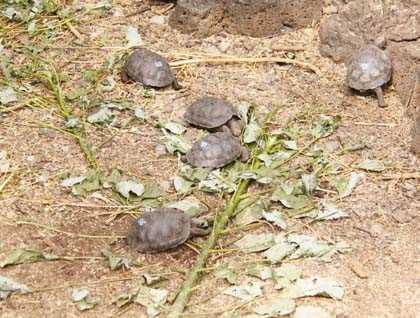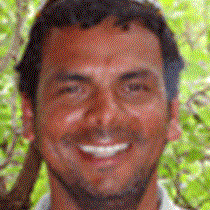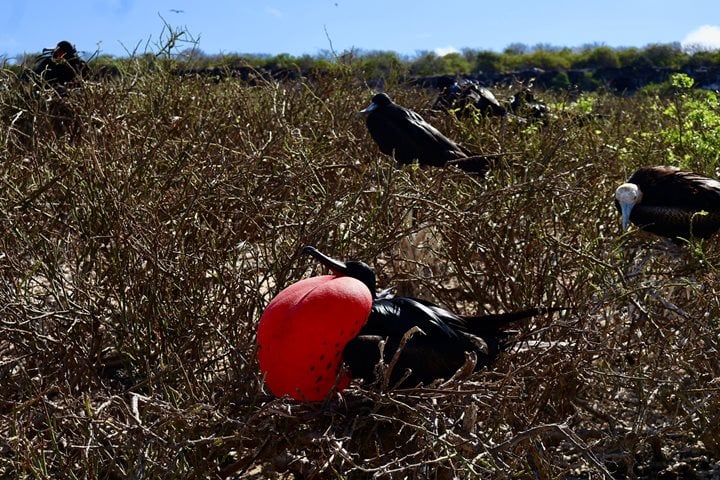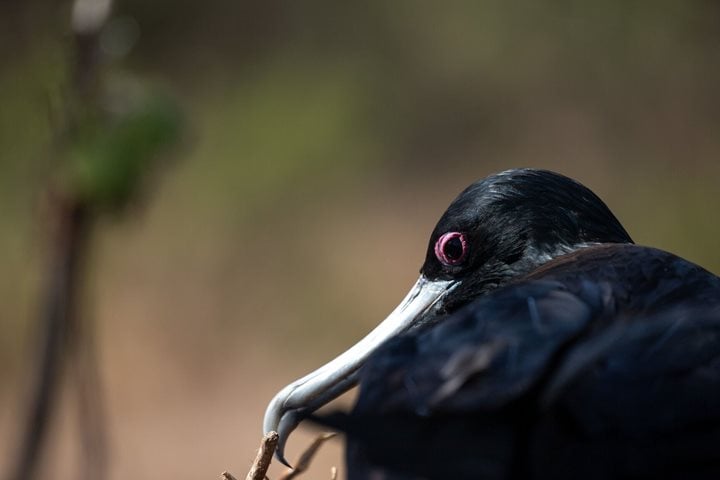The second largest island in the Galapagos archipelago is known as Santa Cruz. The president of the Republic of Ecuador who commanded the colonization of the Galapagos in 1832 suggested all names of the islands should reflect the religious identity of this nation, which was 95% catholic. The holy cross inspired Ecuadorians to name this second largest island. Today we’re here to observe the giant tortoises in the morning at Charles Darwin Research Station, and then spend the afternoon in the highlands.
Knowing that Santa Cruz is a warm island we organize the adventure early in the morning. By 7:30 a.m. Zodiacs are taking our explorers to the municipal pier of Puerto Ayora, where buses are waiting to take us to the station. Charles Darwin Research Station, with the logistical support of scientists coming to research in Galapagos, is the place where the National Park Service has the facilities of the breeding center. The breeding center is where we reproduce future tortoises that will be repatriated to their original islands at the right age to repopulate their species, which have been close to extinction.
Guests were also able to visit a local school, “Thomas de Berlanga.” This is a school that our company supports with a great number of scholarships going to local kids, so they can be educated with an emphasis in ecology and respect for nature.
For the afternoon our stop is at the farming zone of the island where we go looking for giant tortoises in the wild. Those we see are the tortoises migrating from where they live to where they reproduce. It is sometimes hard to believe the number of these tortoises could be so high. Right now at this farm there are 60 to 80 tortoises all visible for the visitors we have brought to this part of the archipelago. We have time for ice cream in town and then Zodiacs will be at the dock waiting for us to return to the ship for more of this great Galapagos adventure.







